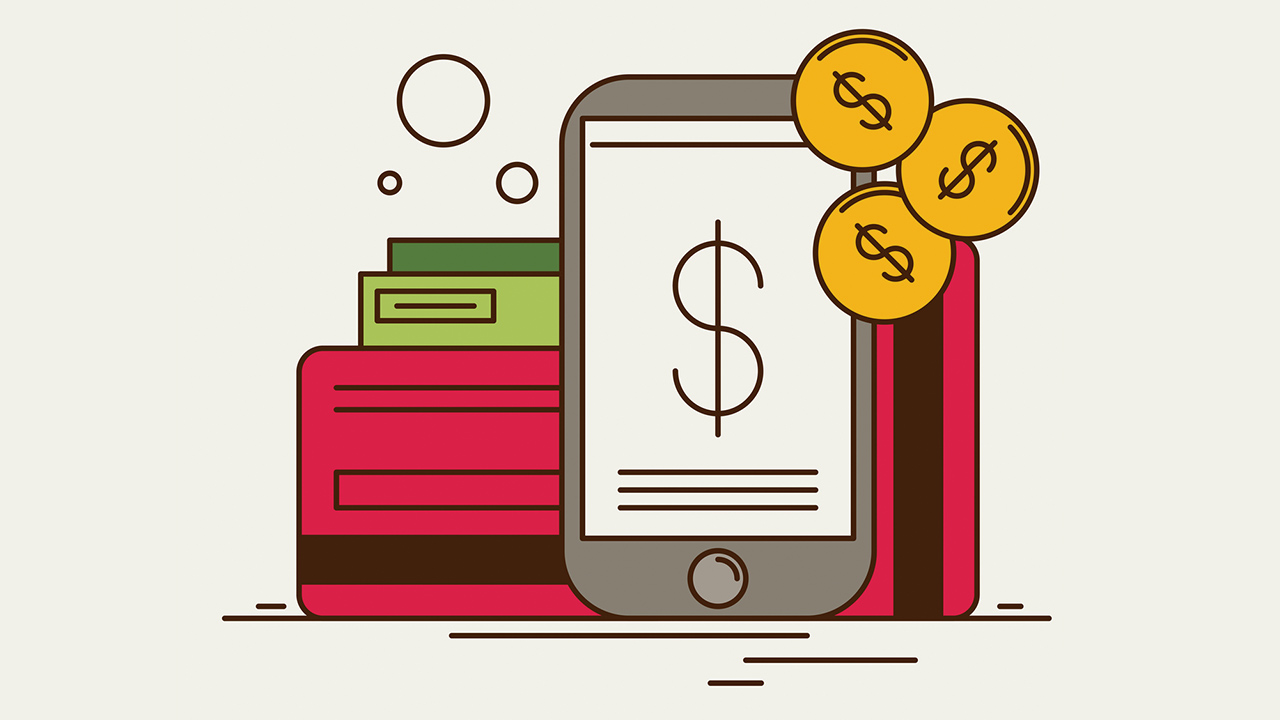The Customer Effect
Striking the right balance between branch and mobile banking
- Mobile interactions incur a cost of about 10 cents, a small fraction of the $4 cost of a teller or call-agent interaction.
- U.S. banks would save $11 billion annually if customers’ branch and call-center use declined to the Dutch level.








